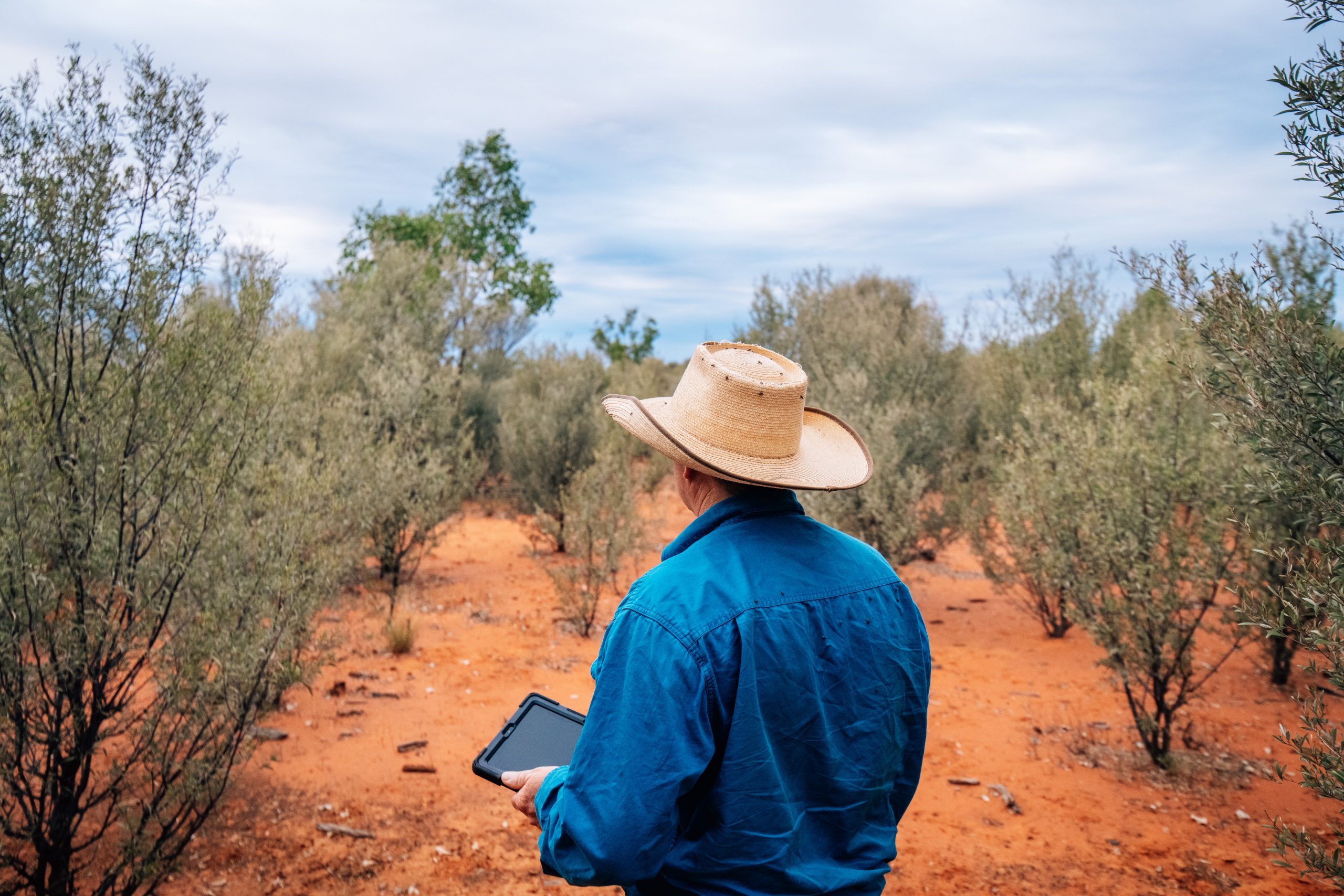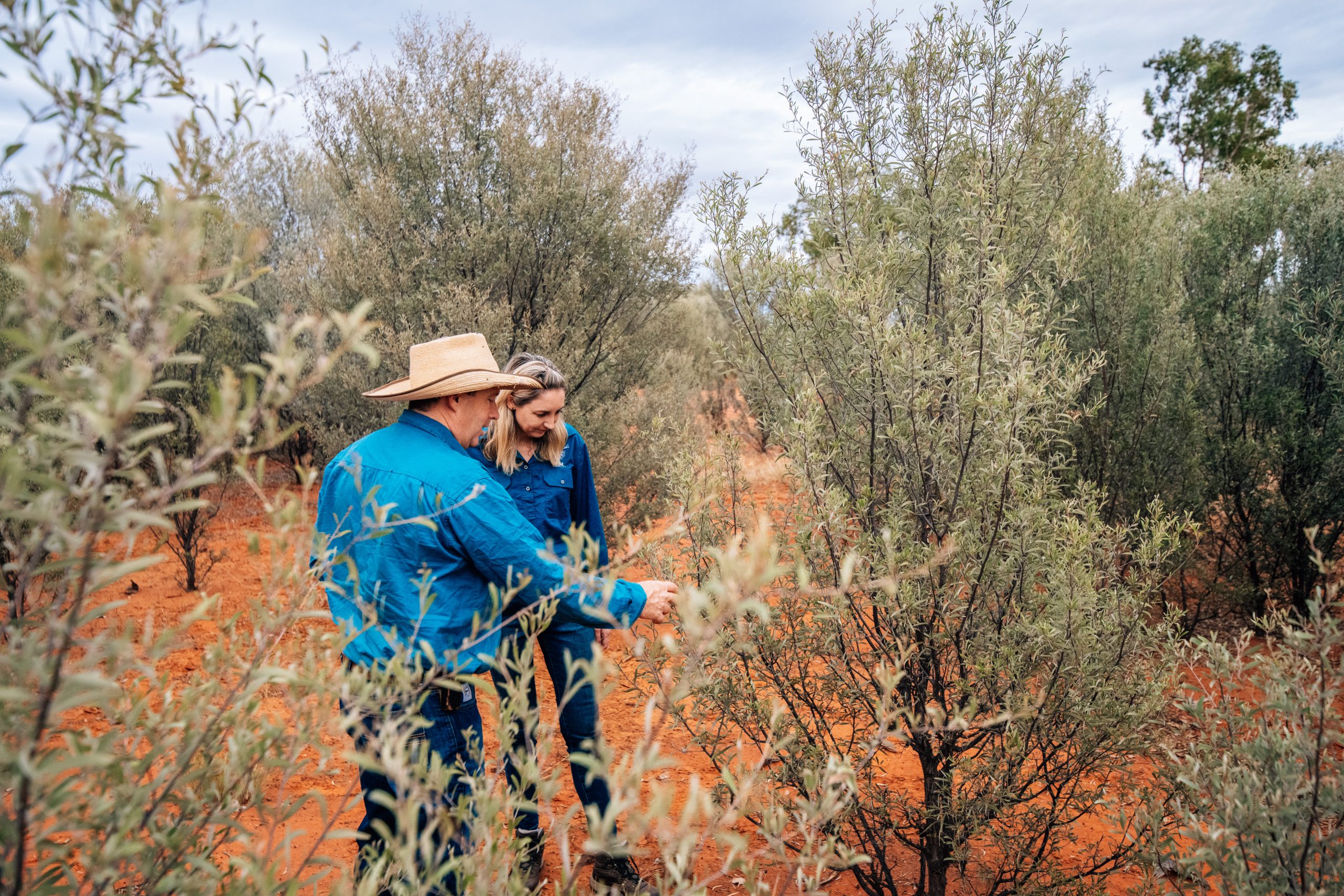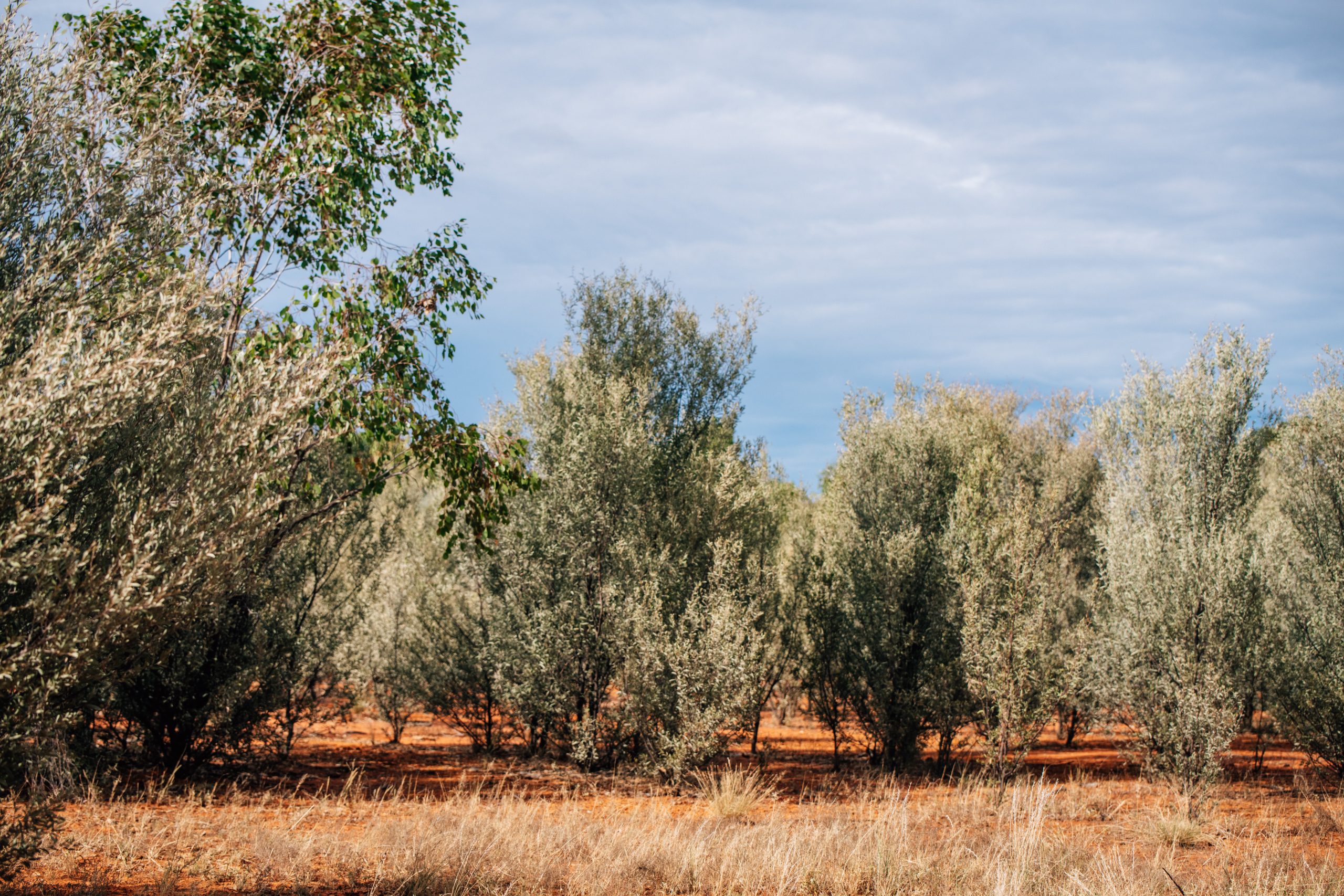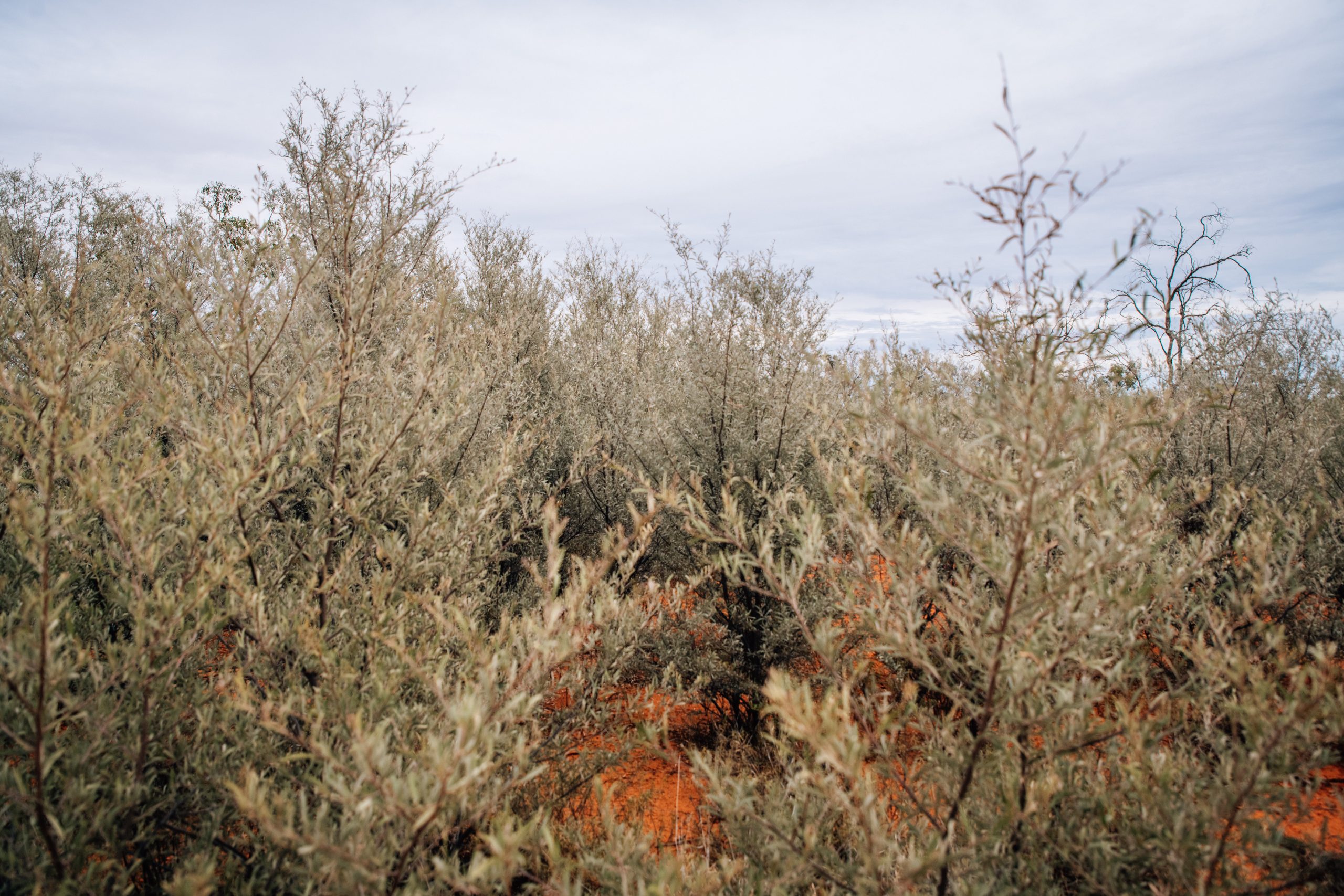TEM’s response to the human-induced regeneration study published March 2024
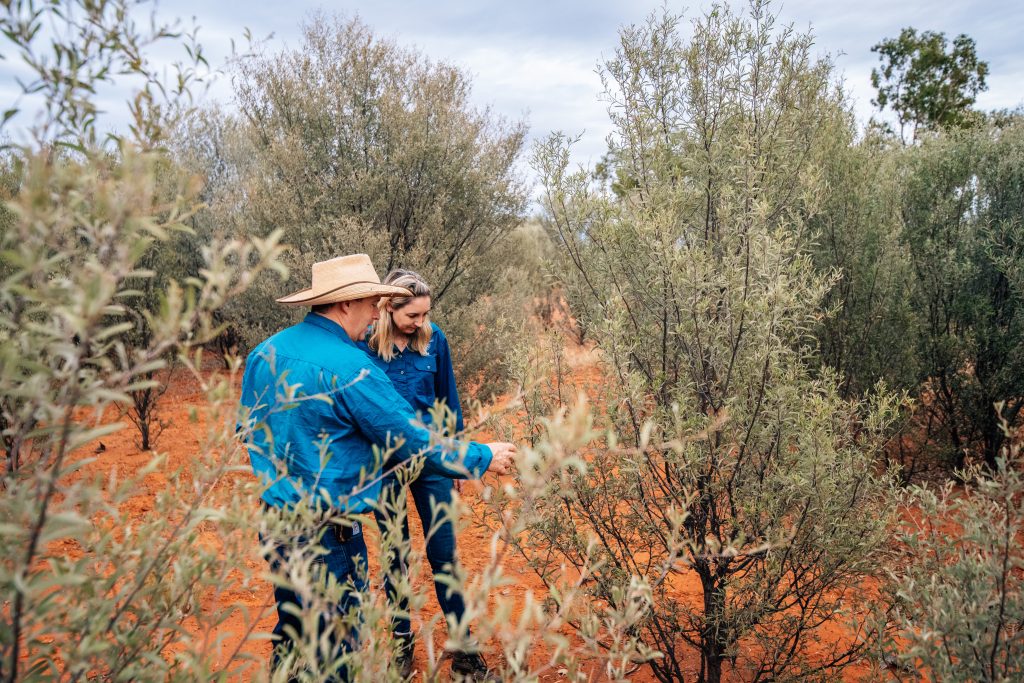
TEM welcomes the continued focus on integrity of the Australian carbon market as part of its continual evolution as a key pillar of Australia’s decarbonisation pathway. The recent article published in the Nature journal Communications, Earth & Environment study on Tuesday 26 March, 2024 is an important contribution to the scrutiny of the market, and should be balanced in the context of recent independent reviews and the need to validate these claims with on-the-ground evidence.
No TEM-owned and/or managed projects were covered in this study as all were registered after 2018 and received their first issuance after June 2023.
An independent review of Australian Carbon Credit Units (ACCUs), led by Professor Ian Chubb AC (the Chubb Review), thoroughly investigated the ACCU market, including Human Induced Regeneration (HIR) projects, and found that the ACCU market was sound, with some improvements needed, and HIR projects demonstrated considerable benefit. The Chubb Review involved analysis of over 200 scientific papers and a large body of peer-reviewed literature.
As the Carbon Market Institute pointed out yesterday in their media release about the recent study, it is important that critiques of the market are based on appropriate data and recognise extra assurance measures now in place. CMI said the recent study appears to be largely based on information previously released by the authors in the context of the Chubb Review, completed in late 2022.
CMI also notes that since the Chubb Review, both the Clean Energy Regulator and ANU Associate Professor, Cris Brack, have undertaken additional audit checks on HIR projects to ensure that they align with Review recommendations and that management activities, mapping approaches and regeneration checks are taking place in line with regulatory requirements. The study also draws on Carbon Estimation Area data that has become available since the Review.
At TEM, the carbon projects we undertake and invest in have undergone a rigorous due diligence process to guarantee quality, integrity, and measurable carbon abatement impact. This study highlights the need to work with carbon providers who are on the ground and undertake these processes.
All our sourced, managed or TEM-operated HIR projects in New South Wales and South-West Queensland have undergone this due diligence process, and have proven to support native forest regeneration and sustainable agricultural practices. Each project rehabilitates vegetation in areas that have been historically cleared, improves soil quality, and can provide habitat for native wildlife.
We go also beyond Australian requirements for all our HIR projects, including higher benchmarks for rainfall and permanence, with all our projects registered under 100-year permanence. Since the Chubb Review, all our projects have been successfully audited and are in line with best practice. For projects we source from the market, we overlay our proprietary due diligence process.
We know there’s nothing quite like experiencing projects first hand, so we regularly take our customers on trips to our HIR projects – including yearly executive trips – as a way for people for them see the tangible impacts these projects are having on the ground for themselves.
